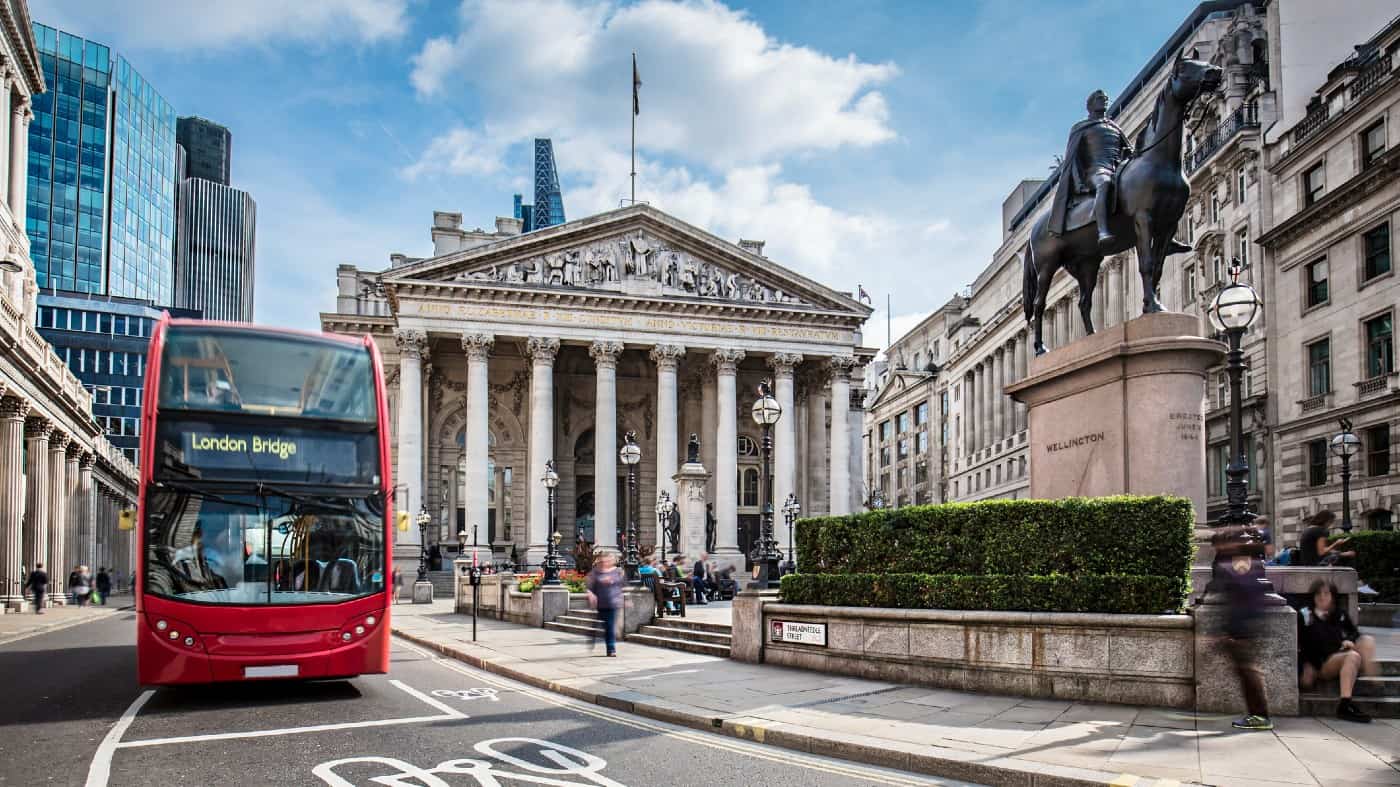
[ad_1]

Picture supply: Getty Pictures
Let’s take it again to the place the FTSE 100 began, assessment what’s occurred, and I’ll provide my tackle whether or not the Footsie’s previous or future prospects are higher.
Some fun-ish information
- The FTSE 100 launched on 3 January 1984, changing the FT-30.
- A small variety of companies on the index immediately make up round half of its present market capitalization. These embrace Shell, Unilever, BP, Rio Tinto, GSK, and Reckitt Benckiser, which have been all current again in 1984.
- Eight of the forecast 12 greatest contributors to the FTSE 100’s 2023 mixture pre-tax revenue have been additionally current again in 1984. These are BP, Shell, Unilever, British American Tobacco, GSK, RELX, Lloyds, and Barclays.
- The FTSE 100’s benchmark has risen from 1,000p, again in 1984, to 7,674p, as I write on 3 January. This can be a capital return of 667% and equates to a compound annual return of simply over 5%.
Trying again
Reviewing historic efficiency knowledge, I reckon it’s honest to say that the FTSE 100 hasn’t carried out effectively in comparison with its US and European counterparts. Nearly all of its progress got here within the first twenty years. One other situation for me is its reliance on a small variety of mammoth companies, a few of whom I discussed earlier.
There have been challenges for the Footsie (and international markets) to navigate. A number of examples are the tech crash, the monetary crash of 2008, and extra lately the coronavirus pandemic.
Because the flip of the twenty first century, the UK’s premier index has struggled. It has risen simply 0.4% yearly in comparison with the S&P 500, which has skilled a 6.1% yearly improve.
Nonetheless, I ought to point out that dividends will not be included within the FTSE 100 index. So whereas it’s a very good instrument to measure the returns and day-to-day actions of UK shares, it’s not splendid to calculate the long-term returns accrued by buyers.
Including dividends into the equation, returns for the Footsie this century look rosier, at 4.1%. That is nonetheless decrease than European and US markets, which have returned 5.7% and eight.1%.
What’s subsequent?
Laith Khalaf, head of funding evaluation at AJ Bell, feedback: “The UK inventory market finds itself in a quagmire of existential angst. The headline index has made nearly no progress for the reason that begin of the century, and within the final decade, the Footsie has been completely eclipsed by the US inventory market, which is profitable firm listings and monetary flows”.
I discover it exhausting to argue the FTSE 100’s finest years are forward of it. That doesn’t imply it isn’t suffering from high quality shares. I maintain positions in a number of Footsie shares and have made cash. I’ll additionally proceed to hunt for UK shares in addition to US and European shares to spice up my wealth.
Personally, I search for two core traits when investing. These embrace high-growth potential shares and dividend-paying shares that may increase my passive earnings stream. Moreover, I’m an advocate of diversification. I have a tendency to not purchase too many shares in a single sector. The truth is, I usually restrict myself to a most of two to 3, relying on the trade in query.
I can’t assist however assume that the make-up of its present incumbents – particularly its reliance on a number of behemoths – in addition to geopolitical and macroeconomic instability, might hinder, fairly than assist the FTSE 100 shifting ahead.
[ad_2]